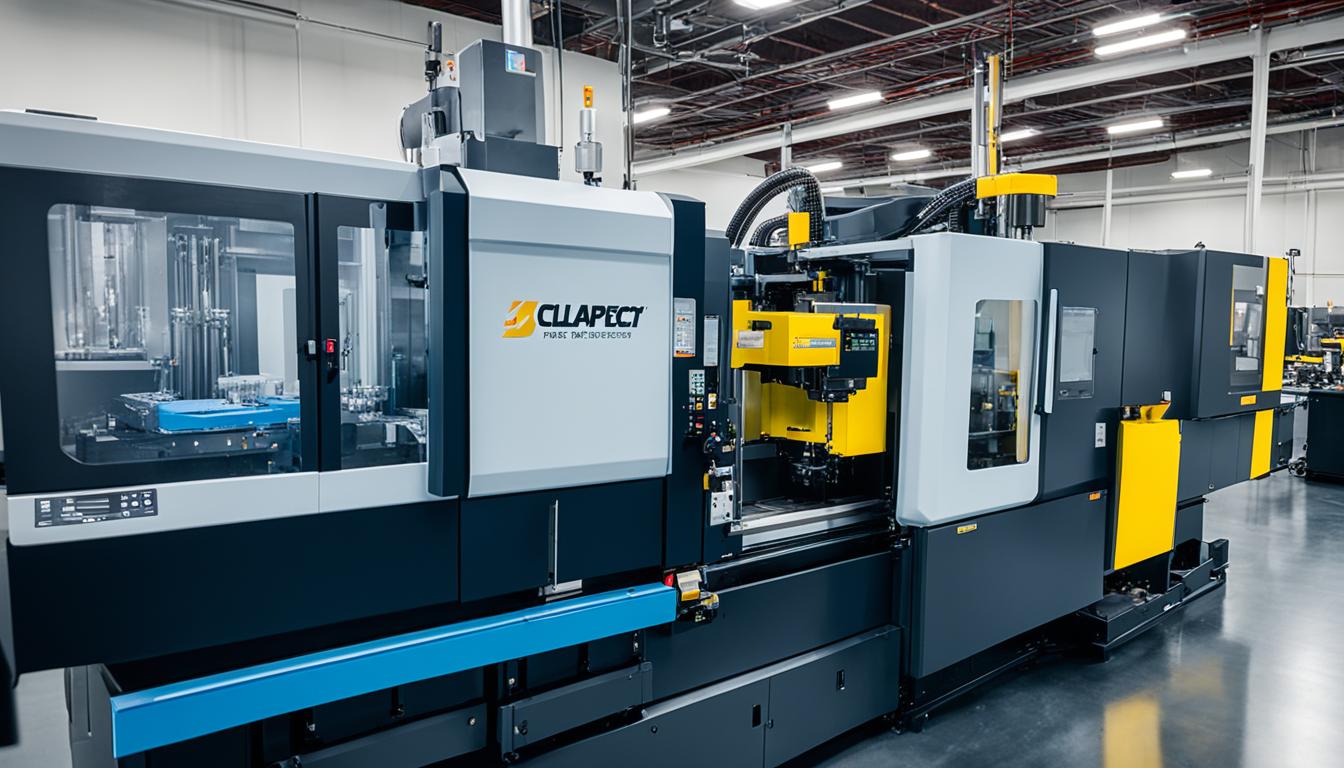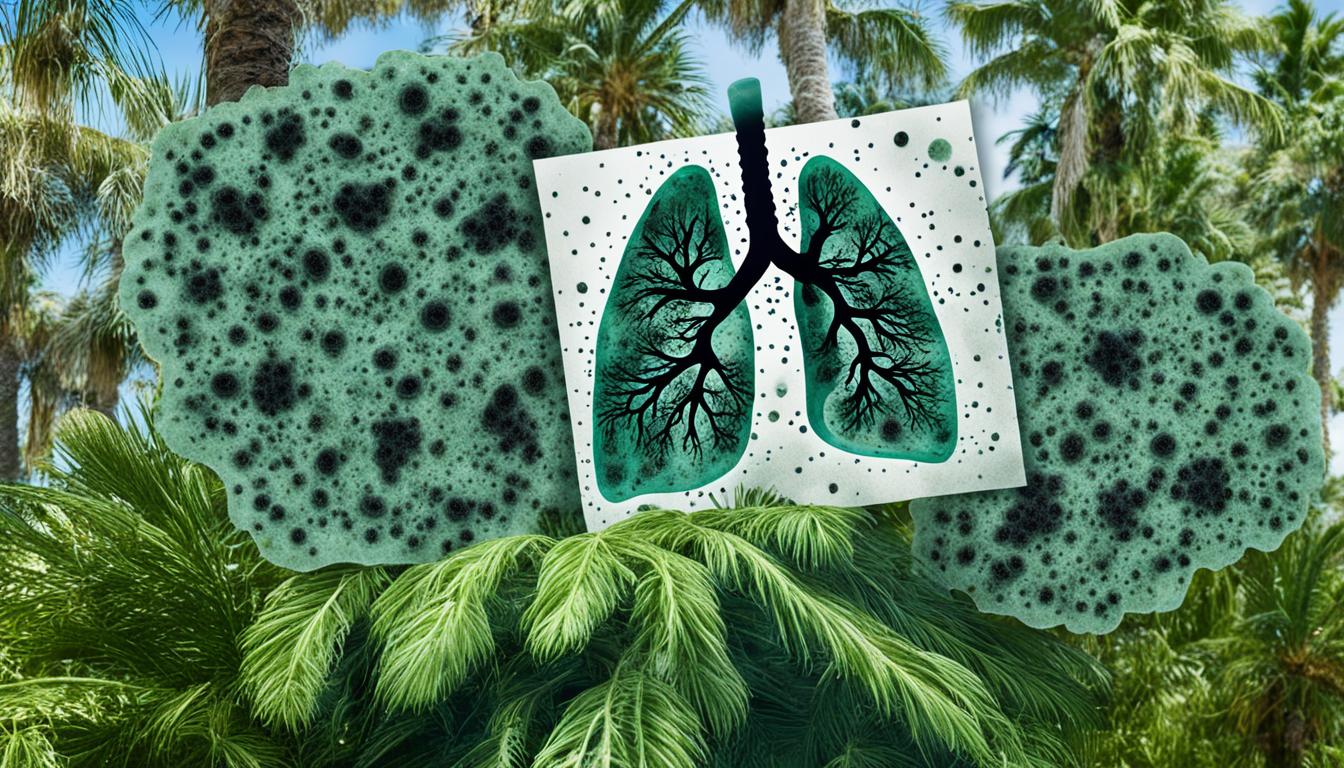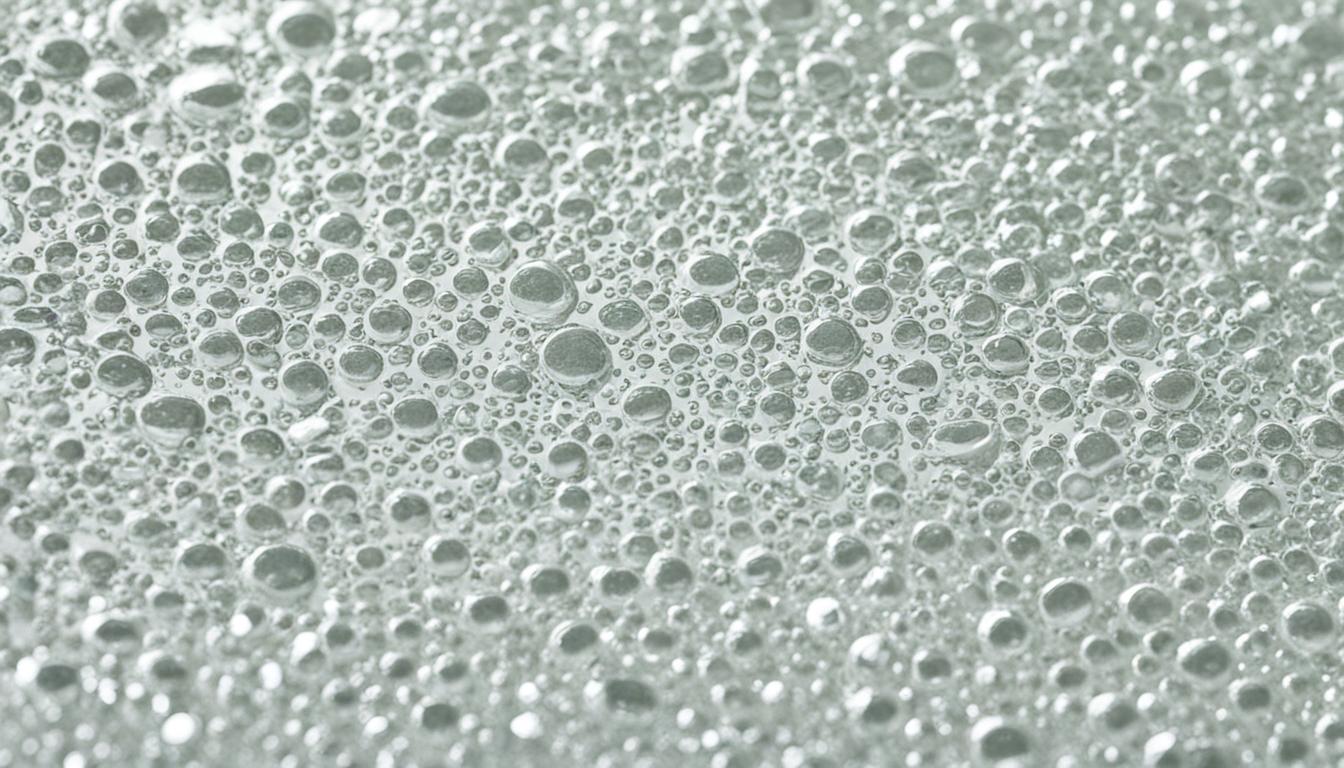
DIY Mold Remediation Tips for Homeowners
When it comes to mold remediation, many homeowners may feel overwhelmed and unsure of where to start. However, by following some simple DIY methods, you can tackle mold growth in your home effectively and safely. In this section, we will provide you with valuable tips and guidance to help you navigate the process of mold remediation on your own.
Key Takeaways:
- DIY mold remediation is possible with the right knowledge and approach.
- Understanding the basics of mold and its dangers is crucial before starting the remediation process.
- Following proper steps, such as identifying affected areas and implementing containment measures, is essential.
- Using effective cleaning solutions and protective gear ensures successful mold removal.
- For extensive mold infestations, it’s advisable to seek professional help from experts like Fix Mold Miami at 305-465-6653.
Understanding Mold and its Dangers
Before diving into the DIY mold remediation process, it’s essential to understand what mold is and the potential dangers it poses. Mold is a type of fungus that thrives in moist environments and reproduces through tiny spores that float through the air. It can grow on various surfaces, including walls, ceilings, carpets, and furniture.
Mold spores are always present in the air, but they require moisture to germinate and grow into visible patches of mold. This is why mold tends to be more prevalent in areas with high humidity, water leaks, or flooding.
While some types of mold are harmless, there are several health risks associated with exposure to mold. The most common health issues caused by mold include respiratory problems, allergic reactions, and exacerbation of asthma symptoms. Prolonged exposure to mold can also lead to more severe health conditions, such as lung infections and even toxic mold syndrome.
Inhaling mold spores can irritate the respiratory system and cause symptoms such as coughing, wheezing, sneezing, and sore throat. Individuals with weakened immune systems, allergies, or pre-existing respiratory conditions are particularly susceptible to mold-related health problems.
Mold can also produce mycotoxins, which are toxic substances that can have harmful effects on human health. These mycotoxins can enter the body through inhalation, ingestion, or skin contact, and they have been linked to a range of symptoms, including headaches, fatigue, dizziness, and even neurological issues.
It’s important to note that the severity of mold-related health effects can vary depending on the individual and the type and concentration of mold present. Therefore, it’s crucial to address mold issues promptly and take precautionary measures to protect your health and the well-being of your household.
To gain a better understanding of mold and its dangers, let’s take a closer look at the different types of mold, common causes of mold growth, and the signs that indicate you may have a mold problem in your home.
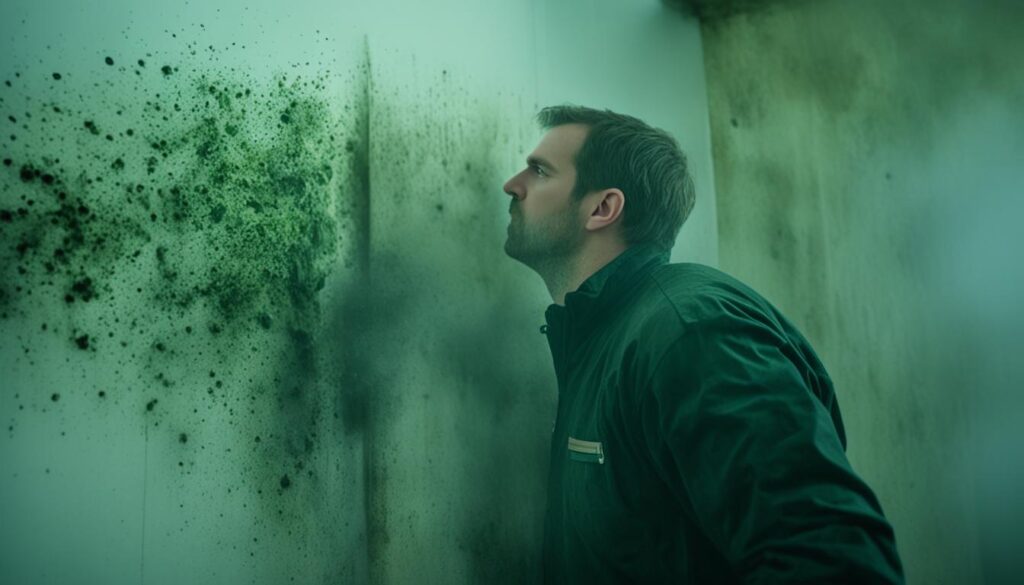
Steps for DIY Mold Remediation
In this section, we will guide you through the necessary steps for DIY mold remediation. It’s important to address mold issues promptly to protect your home and your health. By following these steps, you can safely and effectively remove mold from your living spaces.
Step 1: Identify the Affected Areas
Begin by thoroughly inspecting your home for signs of mold growth. Pay close attention to areas prone to moisture, such as bathrooms, basements, and kitchens. Look for visible mold growth, water stains, or a musty odor. If you suspect hidden mold behind walls, consider hiring a professional mold inspector to conduct a thorough assessment.
Step 2: Implement Containment Measures
Before starting the remediation process, it’s crucial to contain the mold to prevent further spread. Seal off the affected areas by covering vents, doorways, and windows with plastic sheets. Use duct tape to secure the sheets and create a barrier that will prevent cross-contamination.
Step 3: Gather the Proper Cleaning Equipment
To safely remove mold, you’ll need a few essential tools and supplies. These may include:
- Disposable gloves
- N95 respirator or mask
- Protective eyewear
- Plastic sheets
- Scrub brush or sponge
- Mild detergent or specialty mold cleaner
- Disposable bags for mold-infested materials
Step 4: Clean and Disinfect the Affected Areas
Using a mild detergent or specialty mold cleaner, scrub the affected surfaces thoroughly. Pay extra attention to areas with visible mold growth. Ensure you clean beyond the surface to remove any hidden spores. Remember to follow the product instructions and wear your protective gear throughout the cleaning process.
Step 5: Dry and Monitor the Area
After cleaning, dry the treated areas completely to prevent mold from returning. Use fans and dehumidifiers to promote air circulation and reduce humidity. Monitor the area regularly for any signs of recurring mold growth. If you notice any new mold or persistent moisture issues, it may be necessary to consult a professional.
Remember, DIY mold remediation is suitable for small, contained areas of mold growth. Extensive mold infestations or underlying water damage require professional intervention. Always prioritize your safety and reach out to experts when in doubt.
By following these steps, you can effectively address mold issues within your home. However, if you’re dealing with extensive or recurring mold problems, it’s best to seek assistance from certified mold remediation professionals. Remember, Fix Mold Miami is Florida’s Highest Rated In Mold Assessments, Prevention, and Remediation, offering comprehensive services to safeguard your home. Contact them today at 305-465-6653 for expert assistance.
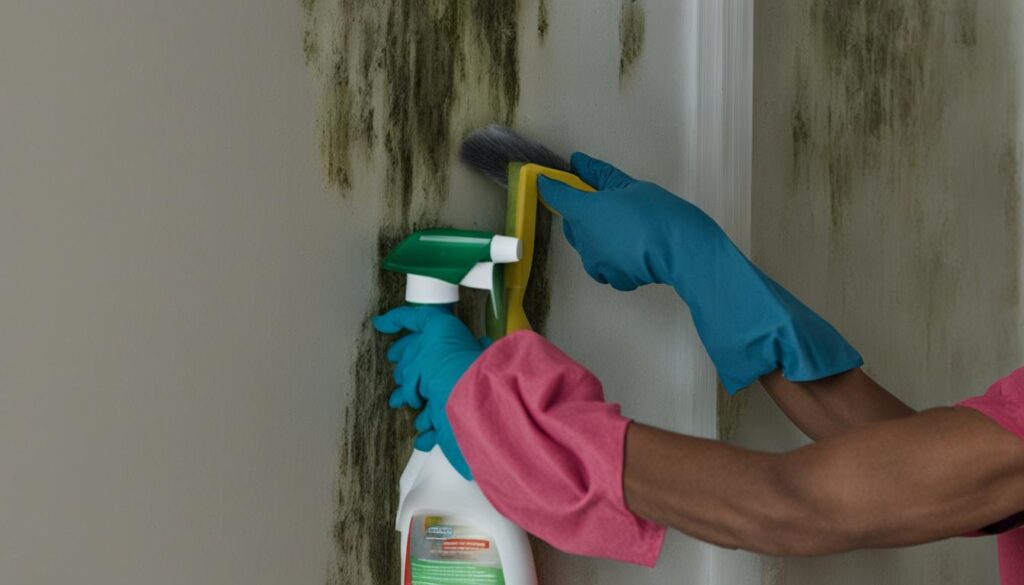
Conclusion
Throughout this article, we have provided homeowners with valuable insights and guidance on DIY mold remediation. It is crucial to approach mold removal with caution due to the potential dangers associated with mold exposure. While small-scale mold issues can often be handled by homeowners, extensive infestations require professional assistance.
For effective and safe mold remediation, it is always recommended to seek the expertise of professionals. Fix Mold Miami, Florida’s highest-rated experts in mold assessments, prevention, and remediation, can address your mold-related concerns efficiently and effectively. Contact Fix Mold Miami at 305-465-6653 to schedule a consultation and get professional help tailored to your specific needs.
Remember, mold remediation is not a task to be taken lightly. By following the steps outlined in this article and seeking professional assistance when needed, you can ensure a mold-free and healthy living environment for you and your family.

